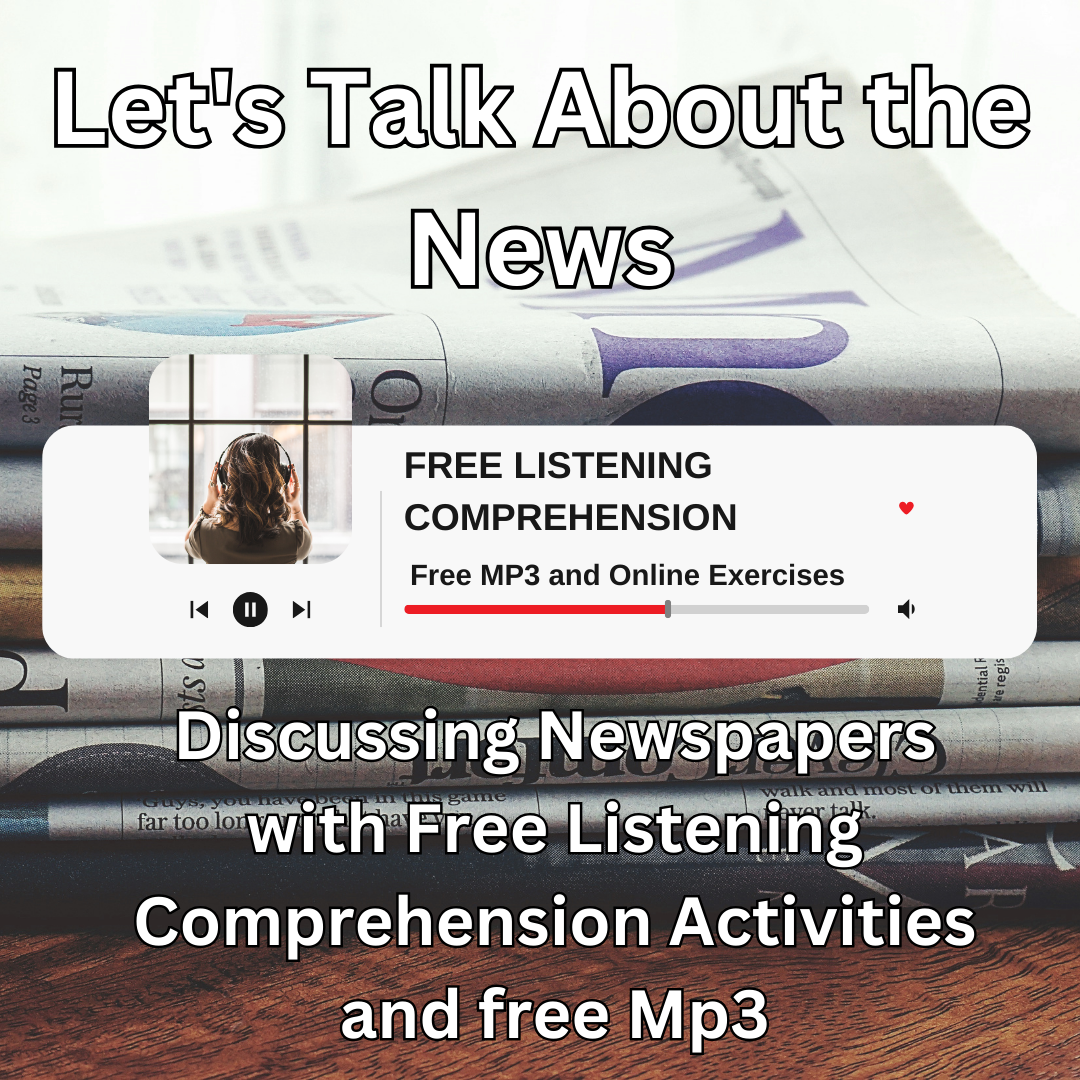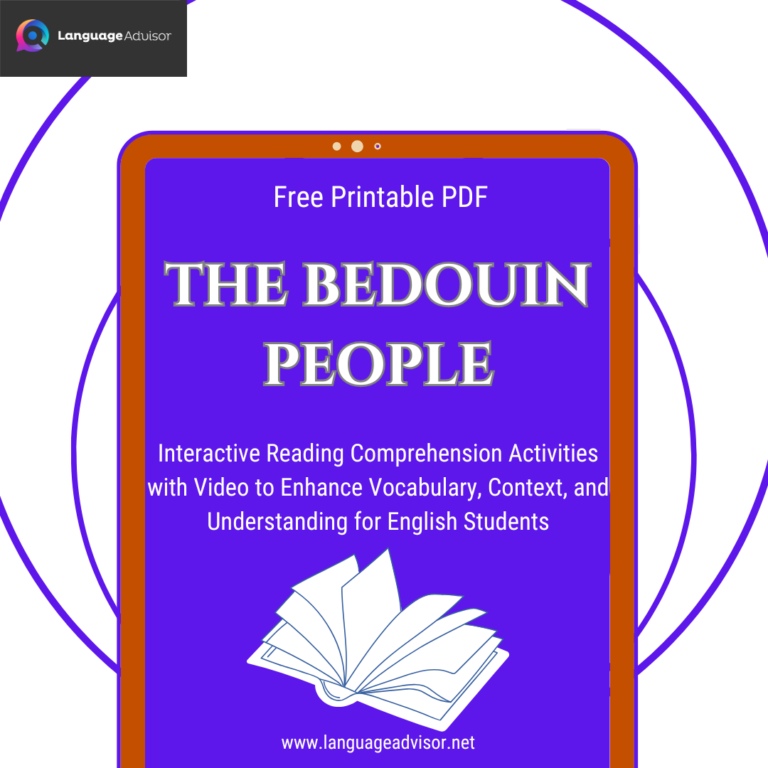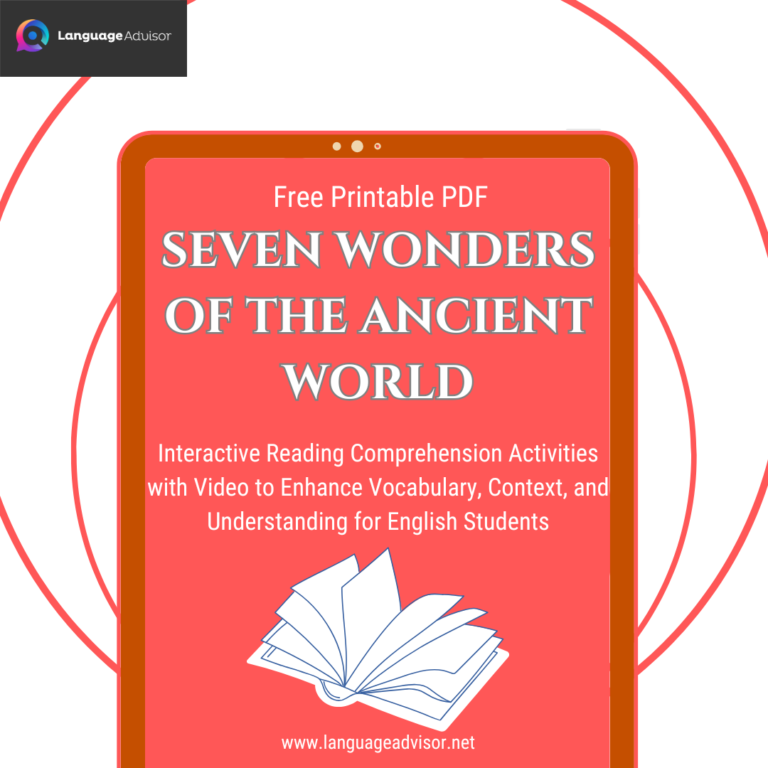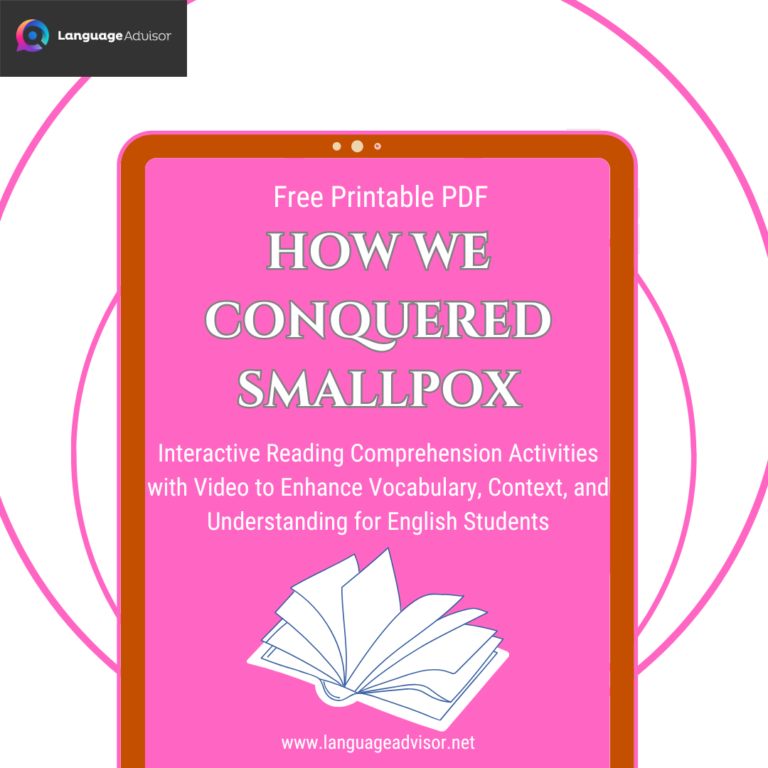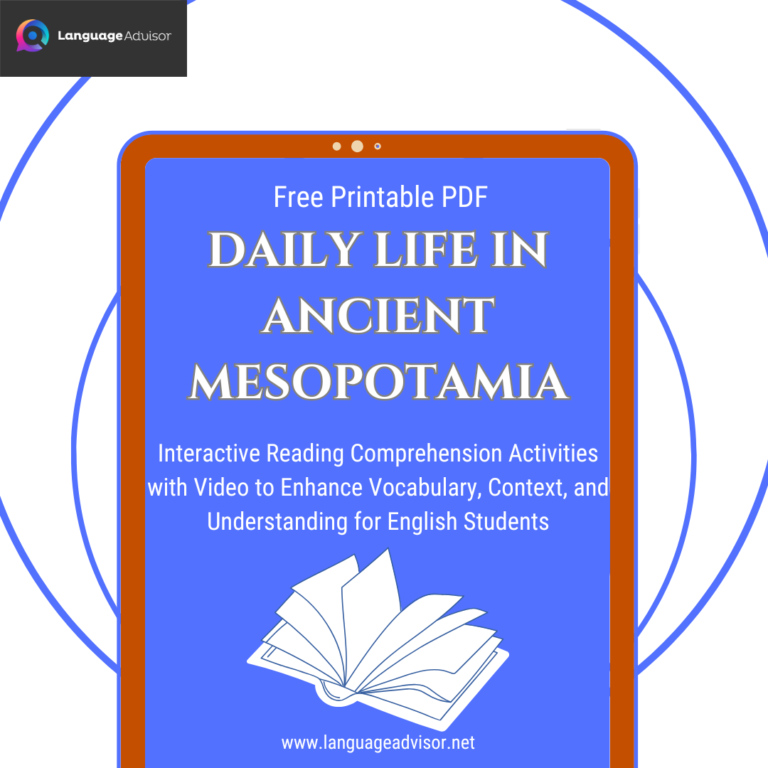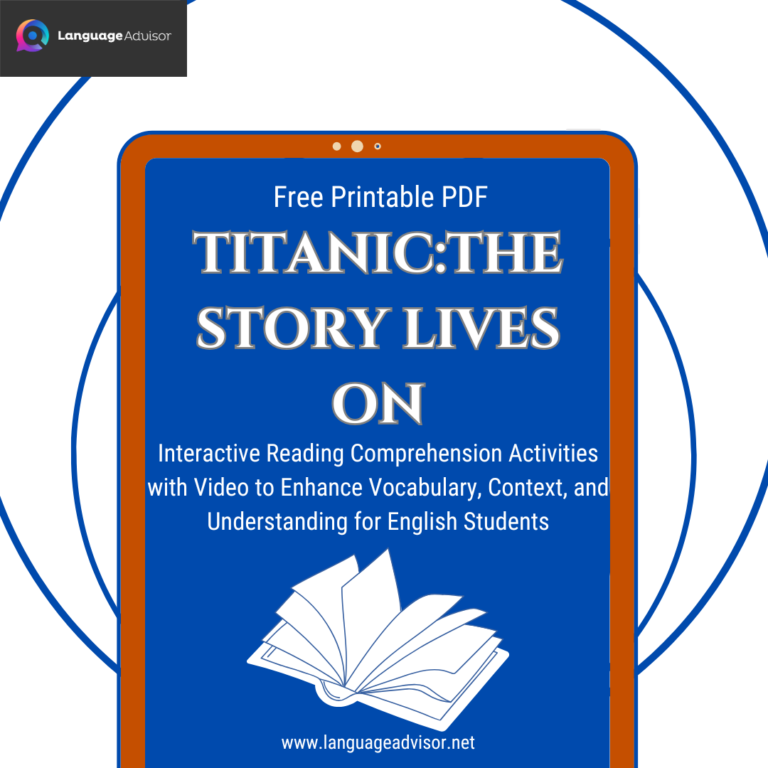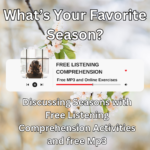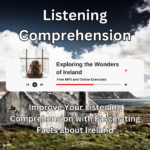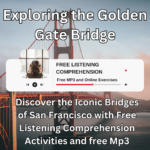Let’s Talk About the News. Discussing Newspapers with Free Listening Comprehension Activities and free Mp3
Let’s Talk About the News

Let’s Talk About the News
Learning a new language becomes more enjoyable and effective when you integrate various listening comprehension exercises. Here are three captivating listening exercises for ESL learners, featuring multiple-choice questions, fill-in-the-gap tasks, and drag-the-words activities. These exercises are designed to enhance students’ listening skills, comprehension, and vocabulary.
Are you an ESL learner looking to improve your listening skills? This free activity will help you practice with a lively conversation about newspapers. Follow along with the transcript and try out the multiple-choice, fill-in-the-blanks, drag-the-words, and true-or-false exercises!
Listening Comprehension Activities
Instructions:
- Play the audio clip for the students.
- Have students listen carefully to the clip.
- After listening, provide the students with the transcripts
Listen to the MP3 audio file and complete the following exercises


Transcripts
Check your answers with the transcript provided

{ 0:00 }
Simone, I see you have today’s paper. Yes, I read the paper every day. So today, do we have good news or bad news? Well, World News is always bad. And for me, sports is always good, the Sports News. But I felt an earthquake yesterday and so I basically looked at the headlines today first and just to see if the earthquake was in the paper and it was. Nobody died, did they? I don’t think so. But for me it felt quite strong, actually. Speaking of papers, I love the paper and I read it every day. But there’s one thing that I hate about the newspaper, and that’s you read all the stories on the front page and then they stop. They’re cut in half and then you have to go to the middle of the paper to finish.
{ 0:54 }
And it’s just drives me nuts because I take the train to work every day and the train is so crowded. Sometimes I can’t actually turn the paper, fold the paper to get to the story on the inside. So I have to wait till I get to work. So I read six stories, seven stories halfway and I have to wait till later to find out the ending. Yeah, that’s terrible. I I do something similar. I when I take also, I also take a busy train in the morning and I just read the front page and the back page. The front page has the headlines, the back page has the sports and then when I get to work, if I have free time, I just open up and finish the stories I read. I have a question, what do you prefer? Do you prefer the tabloid style paper which opens up like a book and you read each page like a book or do you prefer the traditional paper where it which is all folded neatly and into sections like ABCD? That’s a good point, I guess, or a good question.
{ 2:00 }
I guess I’m used to the old traditional style, but I have to admit the tabloid style is a lot more convenient, so I wouldn’t mind if my paper changed that style. OK. What do you prefer? Yeah, I prefer the tabloid just because it’s easier to read. The only thing I don’t like about some tabloids is that they put a lot of colours on the paper and it’s not as easy to read as the more traditional papers, I think. Well, the the other meaning of tabloid is the kind of newspaper that prints just glossy stories with pictures and usually celebrity news that’s not really World News or sports or anything but about Michael Jackson’s trial or, you know, what celebrity got which haircut. So that’s a different kind of tabloid, but yeah. So do you subscribe to the newspaper or just buy one every day?
{ 3:00 }
I buy one every day because I sometimes buy different papers.
Enjoy this free listening comprehension activity and enhance your English skills with engaging conversations about everyday topics!

DOWNLOAD THE PDF FOR FREE

Also check out these listening exercises


